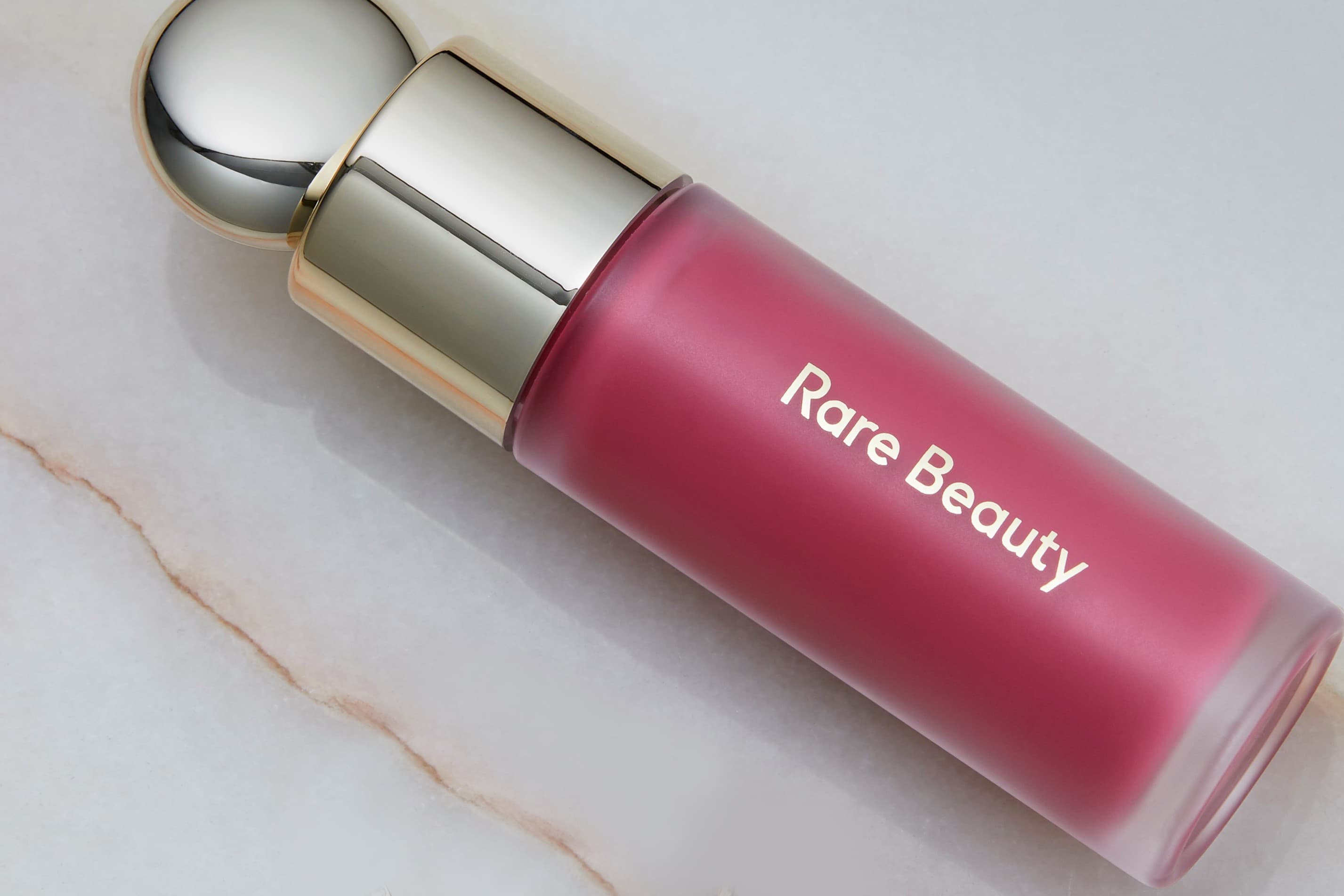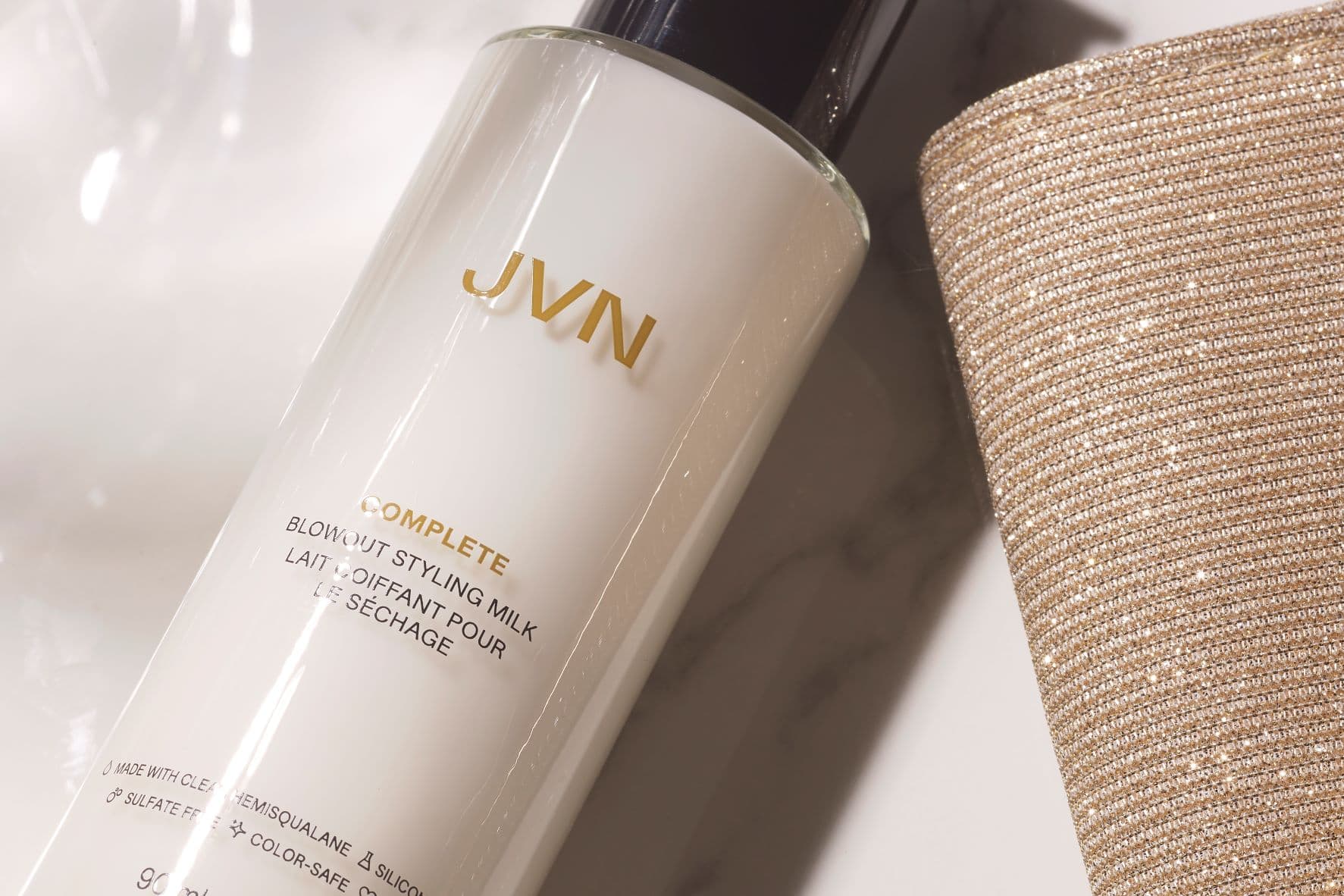What is Skin Flooding And Should You Be Doing It?

The tricky thing about TikTok trends is that healthy, beautiful skin usually requires a consistent and long-term commitment rather than a changeable routine. However, as skin trends go, Skin Flooding shows promise and it has the aesthetician’s approval. Here’s everything you need to know about this increasingly popular TikTok-approved trend…
What is Skin Flooding?
Essentially, skin flooding is drenching your skin with moisture and hydration. This means applying a sequence of products with varying ingredients and delivery methods to ensure the outer layers of your skin are saturated with moisture.
“I have noticed a huge increase in clients who are taking a bigger interest in skin health,” says aesthetic practitioner Natali Kelly. “With the correct products, skin flooding can be very beneficial, as the layering of ingredients helps them work in synergy and promote penetration, meaning the skin stays hydrated for longer.”
What Are The Benefits Of Skin Flooding?
Here’s the thing, everyone will benefit from more moisture. Natali explains, “Skin hydration is important because it helps to maintain balance, which is necessary to help the skin to function properly. Plus, extra hydration gives skin that glow we all love.”
Regardless of your age, skin tone, type, concern or texture, boosting your hydration levels is only ever a good thing. Yes, more moisture and hydration mean more glow, but it also helps to temporarily plump out fine lines and wrinkles, making them less noticeable. It also helps to strengthen your skin barrier, improving sensitivity and easing acne breakouts.
How Do You ‘Skin Flood’?
As trends go, skin flooding is surprisingly simple to get right. All you need to do is ensure that every step of your morning and evening skincare routine delivers some level of moisture or hydration, meaning oil or water.
Step 1
Start, as always, with your cleanse. Ensure whatever formula you use doesn’t strip your skin of moisture. Tatcha The Camellia Cleansing Oil, N/A is a great option as it contains omega fatty acids that nourish and moisturise. Kate Somerville Goat Milk Moisturizing Cleanser, N/A also moisturises and hydrates with jojoba and avocado oils, plus Manuka honey.
Step 2
Next up, serum. The best serums are those that treat your skin concerns, such as breakouts or pigmentation, while also delivering hydration. Look for formulas containing humectants, such as hyaluronic acid, that pull water from the environment into your skin. “Hyaluronic acid is suitable for any skin type,” says Natali. I would recommend looking for it in formulations.”
combines this clever hydrator with soothing B5. Tatcha The Dewy Serum, N/A and Summer Fridays CC Me Serum, N/A both deliver excellent moisture, too, thanks to squalane. This multitasking oil is similar to the oils found naturally in skin, meaning it effortlessly tops up moisture levels and is one of the best serums for dehydrated and sensitised skin.
Step 3
Your favourite moisturiser should follow and then a generous application of a hydrating mist, such as . Kelly recommends using a mist throughout the day to keep moisture levels high.
Space NK’s Verdict On Skin Flooding
As always, the best routine is the one you stick too. If you have the time, the budget and the inclination to layer multiple products, including multiple hydrating serums, then skin flooding will be a good fit as more moisture and hydration are always beneficial.
However, we recommend you invest in the right products for your skin type rather than splurging on lots of new hydrating serums. Adopting elements of the skin flooding trend, such as swapping in a hydrating cleanser or using a serum containing hyaluronic acid or squalane once your current formulas have run empty, will be just as good for your skin.
Read More
• A Simple Skincare Routine for Beginners• How To Do The Retinol Sandwich Method • How To Use A Gua Sha
• The TikTok Makeup Trends to Recreate • What Is Slugging In Skincare?




